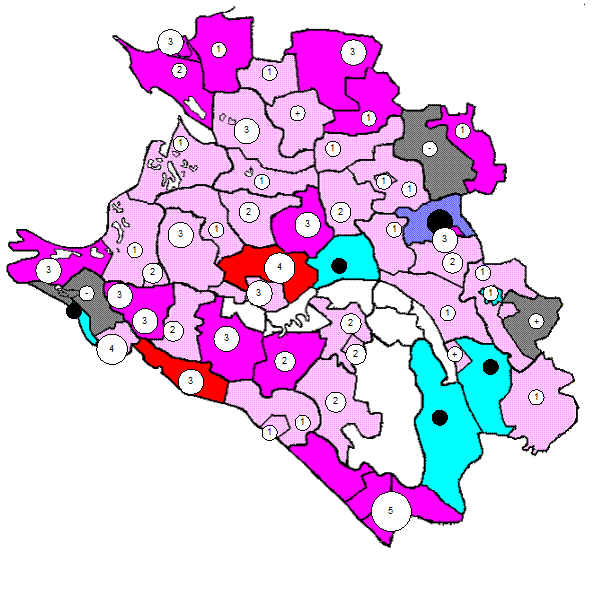Task 4. Point out the statements not mentioned in the text.
1. The British Parliament consists of two Houses – the Lower and the Upper ones. 2. A new practice appeared in Britain: the practice of "creating" new peers called life peers because their children do not inherit their titles. 3. Since the beginning of the 14th century English judges, lawyers, clerks have been working, living and studying there in this part of London. 4. Each constituency has on an average about 60,000 people and each elects one member to the House of Commons. 5. The Queen cannot act independently but may exercise her powers only on the advice of her ministers. 6. The chief officer of the House of Commons is the Speaker elected by the House at the beginning of each Parliament. 7. MPs are elected at a general election held every five years. 8. The hereditary (наследственный) lords or peers lost their right to sit in the House of Lords, thus the hereditary principle is a matter of past.
Task 5. Ask questions according to the model to get information on the British political set-up. Model: What … kind of State? – What kind of State is Great Britain? – Great Britain is a parliamentary monarchy.
1. the official name of Great Britain; 2. the official titles of the monarch; 3. the full royal title of the monarch; 4. the main function of the British Parliament / the government / the law courts; 5. the two chambers of the British Parliament; 6. the Upper House / Lower House; 7. the Prime Minister; 8. the highest judicial body.
Task 6. Match the two columns.
Task 7*. Make the table complete.
The UK Political Set-Up
Ex. 53. a) Read the title of Text C and try to understand what information the text presents. b) Do the below tasks. Task 1. Look through the text to answer the following questions.
1. Why and for what purpose did the 13 states join together after the War of Independence? 2. What powers did each state reserve to itself? / What powers are usually given to a Federal Government? 3. What system did the three branches establish? 4. Under the Constitution, no member of one branch of government may be a member of either of the two others, may he? 5. By what process can the Congress remove government officials, including the President, from office? 6. What is the difference between the state Constitutions and the Constitution of the United States, if any?
Text C
|




